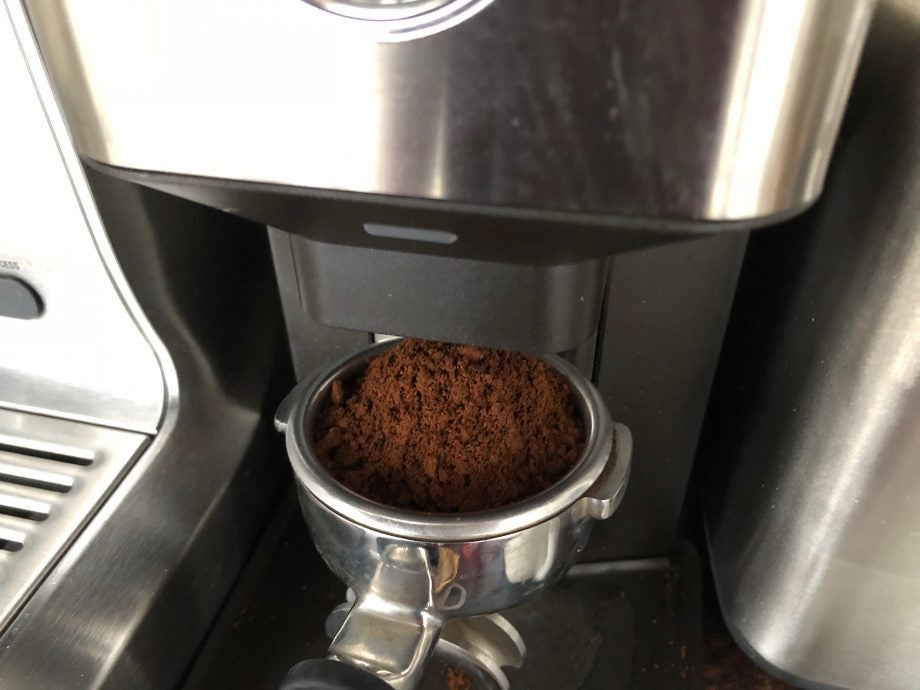Robusta vs Arabica coffee: what’s the difference?

Getting the most out of any coffee machine is as much about choosing the right type of coffee. Although there’s a huge variety of coffee out there, with different regions and plantations producing wildly different flavours, the main choice is Robusta vs Arabica. Here, I’ll take you through the differences in the two.
Related: Best coffee machine
Robusta vs Arabica – Plants
Robusta and Arabica are produced from different types of coffee plant, delivering beans with different flavours and signatures. Robusta has higher yields than Arabica, is easier to care for and less susceptible to disease, making it cheaper to produce.
As such, Robusta tends to be used where cost is at a premium, so it’s typically used in instant coffee. Robusta makes up around 40% of the world’s coffee, with Arabica making up the remaining 60%. The bulk of Robusta comes from Vietnam, although it is also grown extensively in Brazil, Indonesia, India and Uganda, with smaller yields elsewhere. Arabica has a wider distribution, although Brazil is the largest producer.
Robusta vs Arabica – Caffeine content and flavour
Robusta contains far more caffeine than Arabica, at around 2.7% vs 1.5%, and has less sugar, too. Note that caffeine content has nothing to do with taste: an intensely roasted Arabica has less caffeine than a lightly roasted Robusta.
Typically, Robusta coffee has an earthy (some say burnt rubber) flavour with more bitterness and less acidity.
For many, Arabica, with its lower bitterness and enhanced acidity, produces higher-quality coffee with a smoother taste. More expensive coffees and those of single origin (beans are grown in one plantation) tend to be Arabicas.
That’s not to say that Robusta doesn’t have its place. The horror of instant coffee aside, Robusta has its place in quality coffees. Typically, Robusta is used in a blend, adding depth and caffeine to Arabica for a more rounded taste.
In particular, Italian espresso blends tend to use a mixture of Arabica and Robusta (around 10 to 15%) to give that richer, more intense taste, combined with a thicker crema.
Related: How to make the perfect espresso
Quality varies between all types of coffee, Arabica and Robusta, and the preparation process has an impact. Robusta coffee was often prepared using a dry process (unwashed), which results in a harsher taste: fine for making low-quality instant coffee but not where taste matters.
Today, high-quality washed Robusta can taste better than low-quality Arabica, both when used by itself and when in a blend.
Related: How to use a french press
Robusta vs Arabica – Which is best?
Arabica beans have greater subtlety and smoothness, so general produce the finer drink. It’s unusual to find coffee beans that contain Robusta-only (although some specialist coffee importers do have this). Robusta, particularly high-quality washed beans, make a great addition to a blend, adding strength and complementing the flavours in an Arabica coffee.


